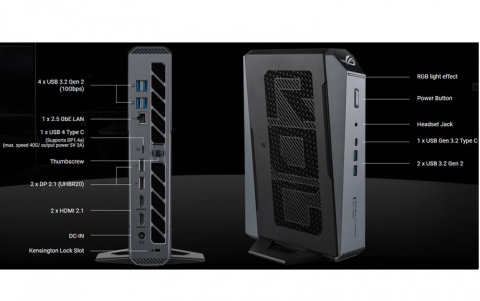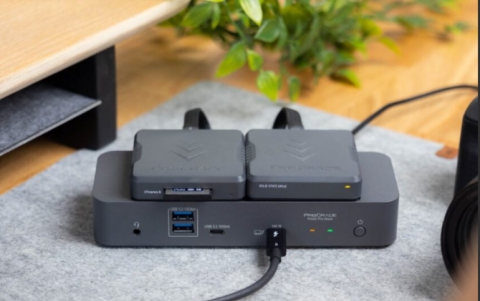
Qualcomm to Demonstrate New Peer-to-Peer Technology at MWC
Qualcomm will demonstrate its newest advancement in peer-to-peer wireless technology at the GSMA Mobile World Congress, Feb. 14-17 in Barcelona.
The Company's technology innovation, called FlashLinq, enables devices to discover each other automatically and continuously, and to communicate, peer-to-peer, at broadband speeds without the need for intermediary infrastructure.
FlashLinq advances a concept known as proximal communications, whereby users can continuously connect, disconnect and communicate directly with other mobile users at broadband speeds based on their physical proximity. The technology is designed to complement traditional cellular-based services and serve as a scalable platform for new types of applications.
"FlashLinq's direct discovery and distributed communications allows operators to naturally extend their cellular networks. The technology can efficiently support new and enhanced services in areas such as direct local advertising, geo-social networking and machine-to-machine communications," said Ed Knapp, senior vice president of business development and engineering for Qualcomm.
FlashLinq is a synchronous TDD OFDMA technology operating on dedicated licensed spectrum and is distinguished by its high discovery range (up to a kilometer), discovery capacity (thousands of nearby devices) and distributed interference management. By enabling the simultaneous discovery and communication of thousands of proximal devices, FlashLinq can effectively create a "neighborhood-area network," where fixed and mobile peer applications can interact directly.
Qualcomm plans to collaborate with SK Telecom to trial FlashLinq in South Korea and explore potential commercial uses.
FlashLinq advances a concept known as proximal communications, whereby users can continuously connect, disconnect and communicate directly with other mobile users at broadband speeds based on their physical proximity. The technology is designed to complement traditional cellular-based services and serve as a scalable platform for new types of applications.
"FlashLinq's direct discovery and distributed communications allows operators to naturally extend their cellular networks. The technology can efficiently support new and enhanced services in areas such as direct local advertising, geo-social networking and machine-to-machine communications," said Ed Knapp, senior vice president of business development and engineering for Qualcomm.
FlashLinq is a synchronous TDD OFDMA technology operating on dedicated licensed spectrum and is distinguished by its high discovery range (up to a kilometer), discovery capacity (thousands of nearby devices) and distributed interference management. By enabling the simultaneous discovery and communication of thousands of proximal devices, FlashLinq can effectively create a "neighborhood-area network," where fixed and mobile peer applications can interact directly.
Qualcomm plans to collaborate with SK Telecom to trial FlashLinq in South Korea and explore potential commercial uses.





















